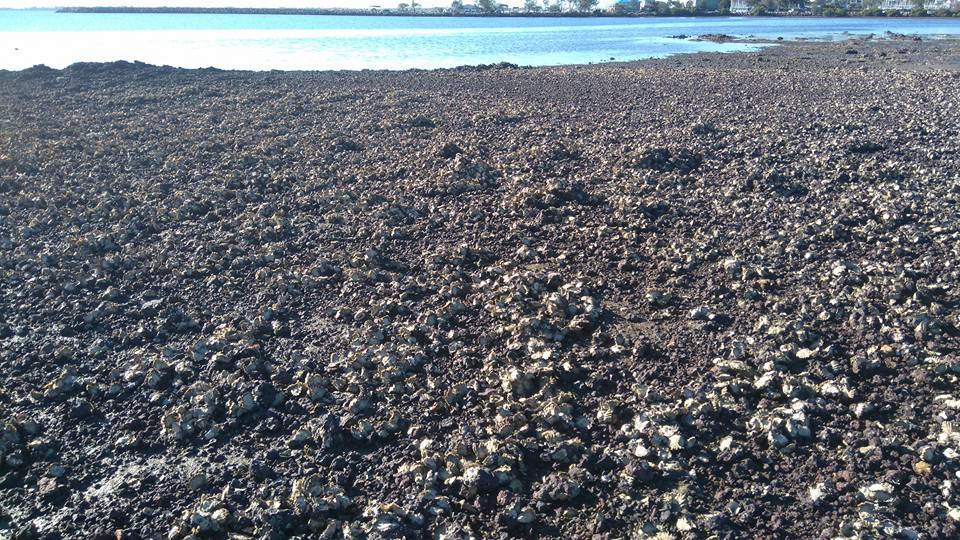|
|
Fauna StructureStructural fauna refers to animals or groups of animals that form structures as they grow, examples include corals, oysters, barnacles, sponges, and sea squirts. These animals tend to grow in colonies, and when doing so, their collective forms create structural complexity in the environment. For example, corals can form large reef structures. Hard corals have a stony ‘skeleton’ that provides a three-dimensional structure and habitat. When the coral dies, their ‘skeleton’ remains and provides structure and shelter for new corals, other animals, and plants to grow on. Over time, these structures build upon themselves and can grow very large and complex. Quick facts
The structure provided by fauna, such as coral reefs, oyster reefs, sponges, and other non-moving (sessile) animals, provides food, shelter, and structure for other animals and plants. In addition to the existing roughness of the terrain, the three-dimensional structure created by fauna on the sea floor is referred to as ‘benthic rugosity’. Three-dimensional coral reef structure in turn modifies current flows, water turbulence and mixing as well as the trapping of nutrients. Structural fauna in wetlands provide habitat complexity, shelter to other organisms from wave action and predators, contribute to the food web, make minerals available by extracting them from the water column, improve water quality, buffer coastlines and other habitats from wave action. Hard corals form carbonate that forms the framework for coral reefs. Hard coral growth forms include branching, massive, plate-like etc. Different growth forms of hard corals are important for reef formation – for example much of the Great Barrier Reef consists of reef-forming branching corals. Some fish prefer certain growth forms, e.g. coral grouper/coral trout prefer branching corals. Role in wetland managementStructural fauna play an important role in providing structural complexity to the seabed[2]. They provide habitats for other organisms, provide shelter, contribute to food webs, and create environments that allow other plants and animals to grow, thus contributing to overall biodiversity[2]. They cycle minerals such as calcium and can contribute to improved water quality through filter feeding. Habitat-forming fauna often determine the structural properties and food resources available to a wide diversity of associated mobile species[1]. Changes in hard coral growth forms due to the impacts of cyclones or climate change induced coral bleaching can alter entire ecosystems and fish communities, for example coral grouper/coral trout are very vulnerable to loss of branching corals. “Flattening” of coral reefs in the Caribbean has changed branching coral reefs to more stress-tolerant massive structures, greatly reducing total species richness. Coral growth form is a characteristic of reef types and should be monitored consistently along with live coral percentage cover as a condition indicator. Structural fauna can be used to protect coastlines while maintaining biodiversity. References
Last updated: 13 October 2023 This page should be cited as: Department of Environment, Science and Innovation, Queensland (2023) Fauna Structure, WetlandInfo website, accessed 8 May 2025. Available at: https://wetlandinfo.des.qld.gov.au/wetlands/ecology/components/biota/fauna/fauna-structural/ |

 — Department of the Environment, Tourism, Science and Innovation
— Department of the Environment, Tourism, Science and Innovation


